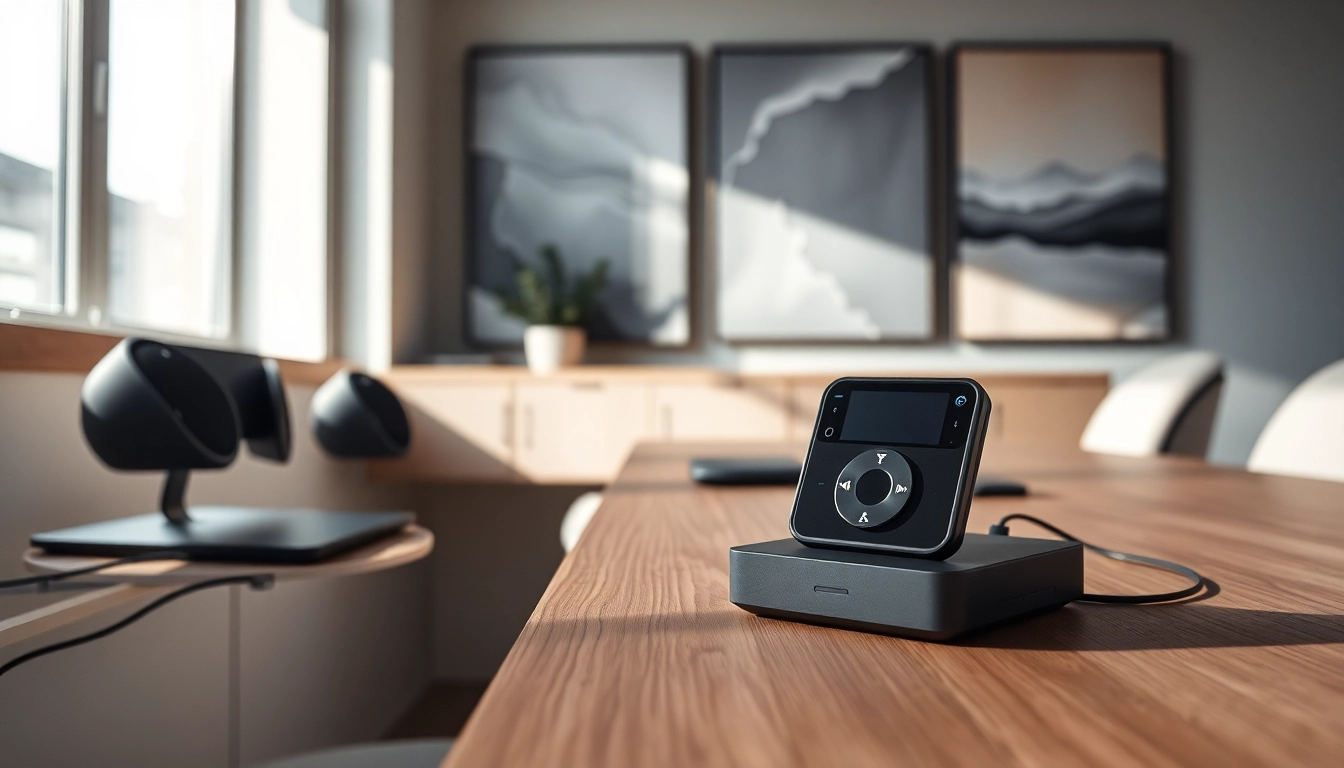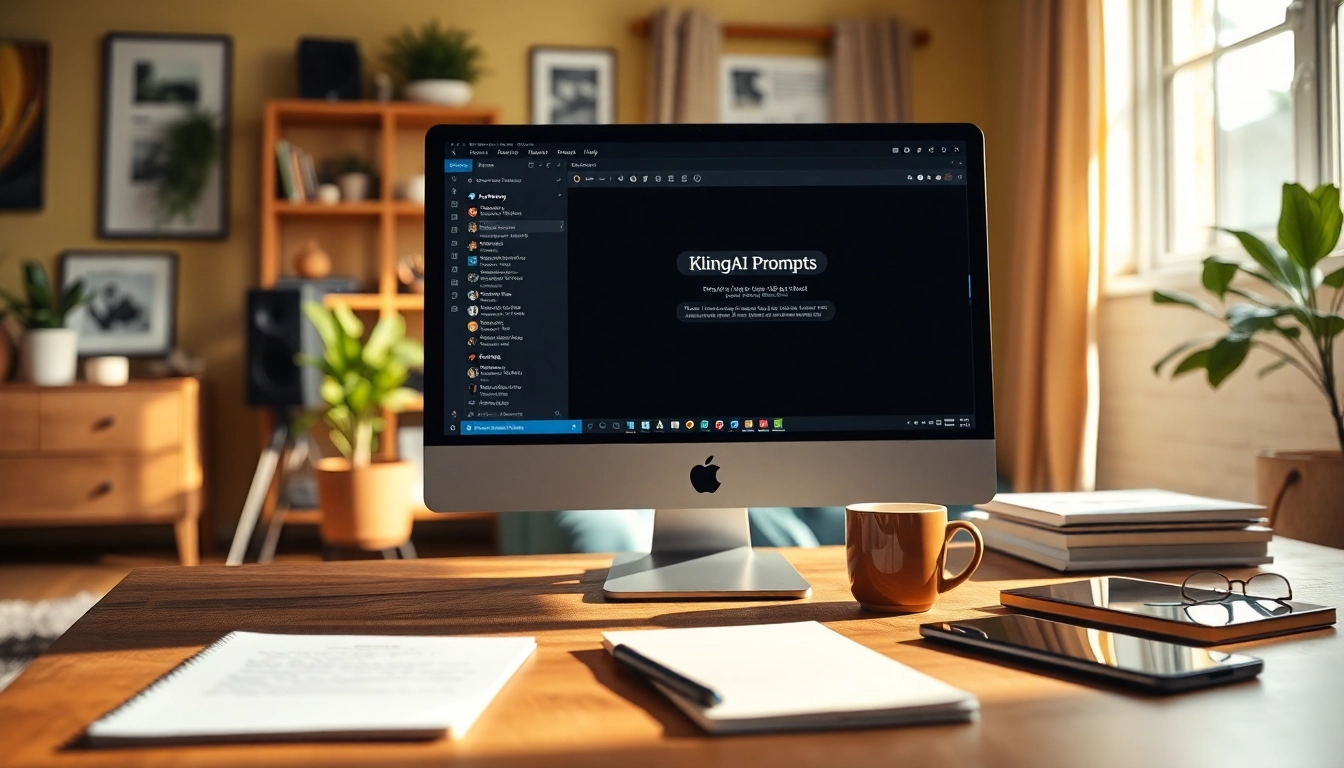Understanding AI Design Solutions
What Are AI Design Solutions?
AI design solutions encompass a range of technologies that leverage artificial intelligence to enhance and streamline the design process. By integrating AI into their workflows, designers can access tools that automate repetitive tasks, generate design suggestions, and even help with the conceptualization phase of a project. For instance, platforms like AI design solutions can offer functionalities such as automated layout adjustments, color palette generation, and real-time feedback on design choices, thereby transforming how creative professionals work.
Key Features of AI Design Tools
AI design tools provide functionalities that minimize manual effort and maximize creativity. Some of the key features include:
- Automated Design Generation: Tools like Canva’s Magic Design can create a variety of design templates based on user input.
- Data-Driven Suggestions: AI can analyze existing design trends and provide recommendations, ensuring that work remains modern and relevant.
- Image Recognition: Solutions using AI can recognize design elements from images and suggest alterations for improvement.
- Collaborative Tools: AI can facilitate better communication among team members, allowing for seamless feedback and iteration.
The Evolution of Design with AI
The evolution of AI in design has led to significant shifts in creative processes worldwide. Early implementations of AI focused primarily on basic tasks like color correction or vectorization. However, advancements have culminated in tools capable of deep learning and understanding design principles. Today, industries use AI not only for graphic design but also for product design, architectural visualization, and user experience research. This transformative potential is exemplified by companies like Autodesk, which utilize generative design to develop innovative structures and objects based on user parameters.
Benefits of Integrating AI into Design Workflows
Increased Efficiency and Productivity
Integrating AI into design workflows leads to higher efficiency and productivity. Designers no longer spend hours on tasks that AI can handle swiftly. For example, automatic resizing of images or generating variations of a design can save considerable amounts of time. AI can handle hundreds of iterations much faster than a human, allowing designers to focus on more high-level creative decisions.
Enhancing Creativity and Innovation
While AI assists with repetitive tasks, it also boosts creativity and innovation. Tools powered by AI can suggest new ideas based on existing data, acting as a catalyst for inspiration. Programs that provide stylistic variations might encourage designers to explore avenues they wouldn’t typically consider, enriching their work. Furthermore, AI can simulate user interactions with designs, revealing insights into how a product might be received. This shared knowledge serves as a powerful disruptor in the traditional design process, pushing boundaries on what is achievable.
Cost-Effectiveness of AI Design Solutions
Beyond improving productivity and creativity, AI design solutions often prove to be cost-effective in various respects. By automating tedious tasks, companies can reallocate funds usually spent on hiring multiple designers or administrative support. Moreover, the rapid prototyping capabilities provided by AI allow for quicker project turnaround, which can lead to higher client satisfaction and retention. Additionally, platforms that offer AI-driven design services typically operate at a fraction of the cost of traditional methods, democratizing access to high-quality design.
Challenges Faced by Designers in Adopting AI
Common Misconceptions about AI in Design
Despite the advantages, several misconceptions persist about AI in design. A common belief is that AI will replace human designers. However, the reality is that AI is best viewed as a tool that complements rather than replaces human creativity. It alleviates the load of certain tasks, leaving designers more time to focus on ideation and execution. Education and awareness campaigns can help dispel these myths and underscore the potential of AI as an ally in the design process.
Overcoming Resistance to Change
Resistance to adopting new technologies is a significant hurdle in many creative organizations. Fear of the unknown and comfort with established workflows can deter professionals from embracing AI. To overcome this challenge, organizations need to implement robust training programs that highlight the advantages of AI tools. Success stories from within the industry can demonstrate the benefits of adoption, easing concerns and inspiring enthusiasm for new technology.
Integrating AI Without Losing Artistic Control
One of the biggest concerns for designers is maintaining artistic control while integrating AI solutions. The fear is that reliance on AI could lead to homogenized design outputs, lacking the personal touch that defines great design. To navigate this, designers should view AI as a collaborator rather than a dictator; using AI-generated suggestions as starting points rather than final products can help maintain individual artistic voices while benefiting from efficiency gains.
Best Practices for Using AI Design Solutions
Selecting the Right AI Tools for Your Needs
Choosing the right AI design tool is crucial to maximizing its potential in your workflow. Users should evaluate tools based on their specific needs and project requirements. Factors such as user interface, integration capabilities with existing software, feature sets, and pricing should influence decision-making. For instance, a graphic designer may prefer AI tools that focus on image enhancement, while an interior designer might require more architectural rendering capabilities.
Training and Skill Development for Designers
As AI continues to infiltrate the design industry, ongoing training and skill development will be vital. Designers should take part in workshops, webinars, and courses focused on new AI tools and technologies. Familiarity with the latest advancements can enhance creativity and job satisfaction. Additionally, companies should provide adequate resources and support for skill enhancement to foster a culture of innovation among their teams.
Measuring the Impact of AI on Design Projects
To ensure that AI tools are adding value, designers must measure their impact on ongoing projects. This encompasses tracking any changes in workflow efficiency, client satisfaction, and project turnaround times. By using analytics, teams can collate data to assess which tools positively influence their creative processes. Continuous evaluation will not only affirm the benefits of AI integration but also highlight areas for improvement.
Future Trends in AI Design Solutions
Emerging Technologies and Their Implications
As AI technology continues to evolve, new trends are likely to emerge, further integrating AI in design processes. Innovations such as machine learning, neural networks, and augmented reality are paving the way for more immersive and intuitive design experiences. Predictive analytics will enable designers to forecast trends and user preferences, granting them tools to stay ahead in a competitive landscape.
Predictions for the Future of Design
The future of design will undoubtedly be deeply intertwined with AI capabilities. We can anticipate a surge in collaborative platforms where designers work alongside AI to accomplish complex tasks faster and more effectively. Advances in generative design will lead to unique and personalized outputs tailored to individual user needs, pushing creative boundaries further than ever before. Moreover, as ethical concerns around AI use grow, we will see a greater emphasis on transparency in algorithms and responsible design practices.
How Businesses Can Prepare for AI Advancement
Businesses looking to capitalize on the benefits of AI should start preparing now by investing in appropriate technologies and training. They should foster an environment where continuous learning is encouraged, minimizing resistance among employees. Investing in tools and platforms that support integration can ensure that businesses remain competitive in an evolving marketplace. Sustainability, ethics, and user-centric design will also need to be guiding principles as AI becomes integral to the design process.















Leave a Reply